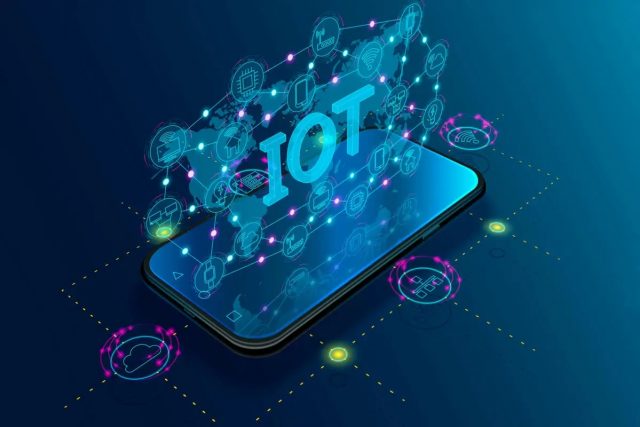The development of contemporary technology and the subsequent digital revolution have fundamentally altered the nature of communication all across the world.
Since the internet and computers were first invented, there has been a significant improvement in the methods that humans may use to connect with one another and share information. The IOT is the newest fad to hit the scene. We are now interested in having smart phones, smart houses, smart devices, and smart versions of everything else.
Both Artificial Intelligence (AI) and the Internet of Things (IoT) have, for a considerable amount of time, functioned as autonomous cogs inside a variety of IT systems. However, they have always had an innate connection with one another.
IOT Development Company makes use of IOT technology to enhance the operations that they carry out so that they are more productive, waste less resources, and are alerted to any unanticipated conditions or periods of downtime. It is particularly helpful for them since it casts a larger net across the whole business and the enormous amount of people that is involved.
While artificial intelligence (AI) is often considered to be the “brain” of a network, the internet of things (IoT) serves in essence as the “digital nervous system.”
In this post, we investigate the question, “What is AIoT?” After that, we will have an understanding of the relationship between AI and IoT as well as how the two technologies collaborate to provide enormous value for businesses in any sector.
But how does AIoT compare to the Internet of Things? For a long time, traditional business intelligence has relied on numerical thresholds, which has resulted in projections that are reactive in character. Through the use of AIoT, reliable forecasts on operational performance may be produced up to 20 times early.
What Do We Mean When We Talk About AIoT?
Data is the sustenance that allows artificial intelligence to flourish. It is all about learning and automating processes via the use of a wide variety of statistical and computational methods.
IoT devices that have artificial intelligence built into them gain extra capabilities when used, such as the ability to learn from the behaviours of users, service providers, and even other devices in the ecosystem. They are better able to adapt to new inputs or changes in the environment and do specialised jobs without any interference from a human.
To provide some context for the importance of this, consider that a connected car may produce around 25 GB of data in an hour. In point of fact, the data rate of autonomous cars may reach up to 1 gigabyte per second. Such an enormous stream of data would be rendered entirely useless without the calculations powered by AI.
Advantages of the Internet of Things for Businesses
- Businesses are able to produce actual value with the help of AIoT by collecting data in real time and doing analyses on it.
- Complete mechanization of labour-intensive processes, with the added benefit of the system’s capacity for independent decision-making, resulting in increased output and effectiveness.
- Processes are optimized to the point that there is a decrease in the marginal expenses of doing business.
- A shorter timeframe for the transformation of data into concrete benefits for the company.
- Implementation and expansion of commercial processes are made more simpler, and choices are reached much more rapidly as a result.
- Enhanced communication and management of consumer relationships, made possible by technological advancements in bots and voice recognition.
- Continuous research, development, and improvement of existing goods, as well as the supporting services.
- A reduction in the amount of time needed to bring product upgrades or new releases to market.
The Combining of AI
It is no longer possible to implement AI in a vacuum, which is necessary for the success of AIoT. For it to have any meaningful benefit, it has to collaborate closely with other fields such as machine learning, natural language processing, and computer vision. The following are some potential examples of use cases:
- Research clinics that give assistance to doctors by using vast amounts of diagnostic data sets are referred to as research clinics.
- Deep learning and neural networks are being used to do analysis on visual data.
- Developing in-depth profiles of patients, customers, or clients based on their medical history
Conclusion
Together, AI and the Internet of Things are finding a solution to an issue that has been there since the IoT was first developed: the difficulty of handling real-time data that is received from several connected devices all at once. Because of this, a completely new generation of Internet of Things devices is now feasible.
Apart from that if you want to know about What Do You Learn in Driving School then please visit our Tech category













